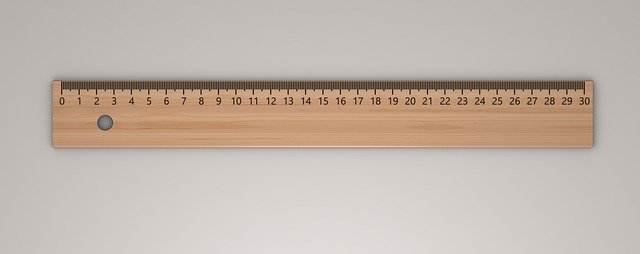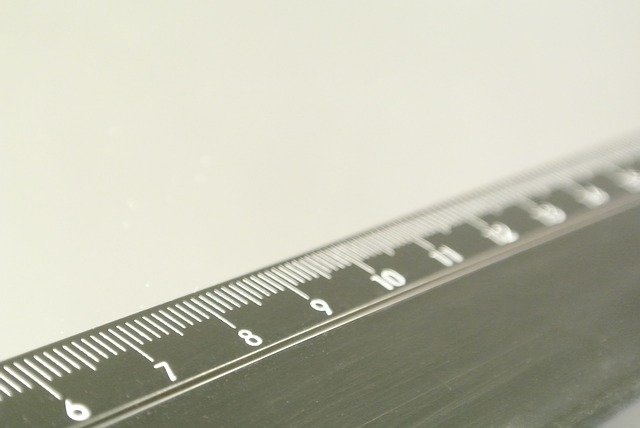
All real numbers can be found on a number line.
A straight line is a one-dimensional line that is composed of an infinite succession of points, extended in the same direction. Numeric , for its part, is an adjective that refers to what is linked to numbers (the signs that express a quantity).
After reviewing these definitions, we can introduce ourselves to the concept of a number line . This is the line on which whole numbers are usually graphed as points that are separated by a uniform distance . In this way, the number line makes addition and subtraction easier, being very useful when you want to teach these operations to someone.
The number line is also known as the real line , since it is a straight line in which it is possible to find the set of real numbers, within which we can locate the rational numbers (zero, negatives and positives). ) and irrational ones (those that cannot be expressed by a fraction m/n , both components being integers and n , greater or less than zero).
How numbers are represented on a number line
To represent numbers within the number line, a one-to-one correspondence can be used, a concept that is defined below: if two corresponding sets are taken, with in which each element of the first only has one image and each image, a single source element. When graphing this correspondence, we can notice that only one arrow leaves from each element of the set X , in the same way that only one reaches each of the elements in the second set.
Another way to understand the graphic representation of numbers on a line of this type is to think that a bijective function is fulfilled between each of its points and the real numbers. In short, this function occurs when each element of the initial set has a different image in the arrival set, and each of the elements in the latter corresponds to one in the output set. It is important to note that the number of elements in both sets must be the same for the bijective function to be fulfilled.

Numbers that appear on a number line must be equidistant.
Division and equidistance
Typically, the number line is divided into two parts: to the left of a point that represents the number 0 , the negative numbers are detailed, advancing from right to left. Towards the other side of point 0 , the positive numbers follow one another. It is important that equidistance is maintained between each point since there is a unit of difference between each integer.
We already mentioned that lines are made up of infinitely many points. Since numbers are also infinite , a number line can extend indefinitely in both directions.
Usefulness of the number line
Thanks to a number line, it is very easy to determine which number is greater than another: you just have to look at which of the two is on the right. Suppose someone cannot figure out whether the number 7 is larger than 5 or vice versa. When you find both numbers on the number line, you will notice that 7 is located to the right and is therefore greater than 5 .
It is worth mentioning that the number line is also used in the graphical representation of very complex mathematical functions, since it also allows fractions to be located, making use of a careful subdivision of each segment. In fact, when drawing the Cartesian axes ( x , y and z ) to verify a given calculation, we do nothing more than create number lines located in such a way that it is possible to convert the results of an equation into a graph, to facilitate its comprehension.
